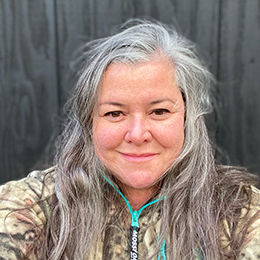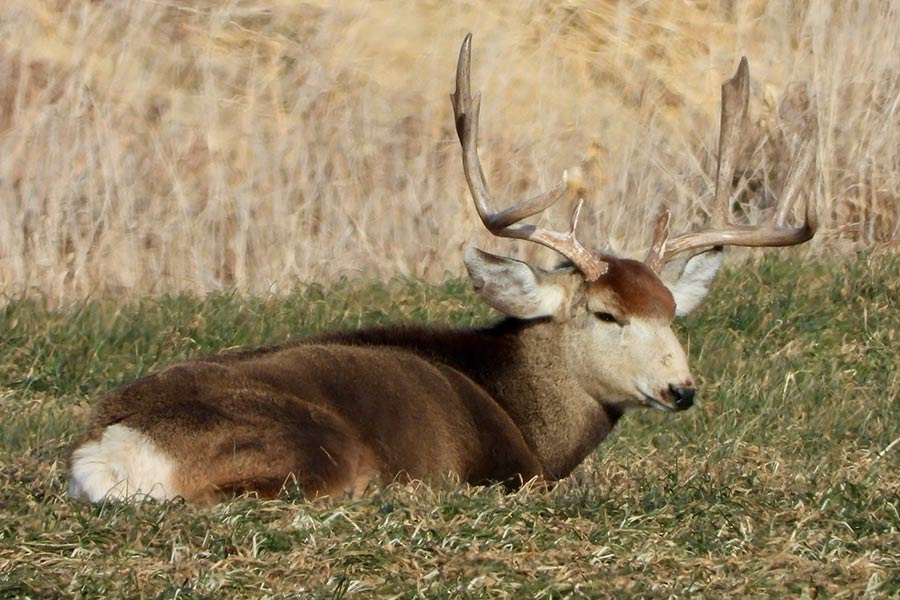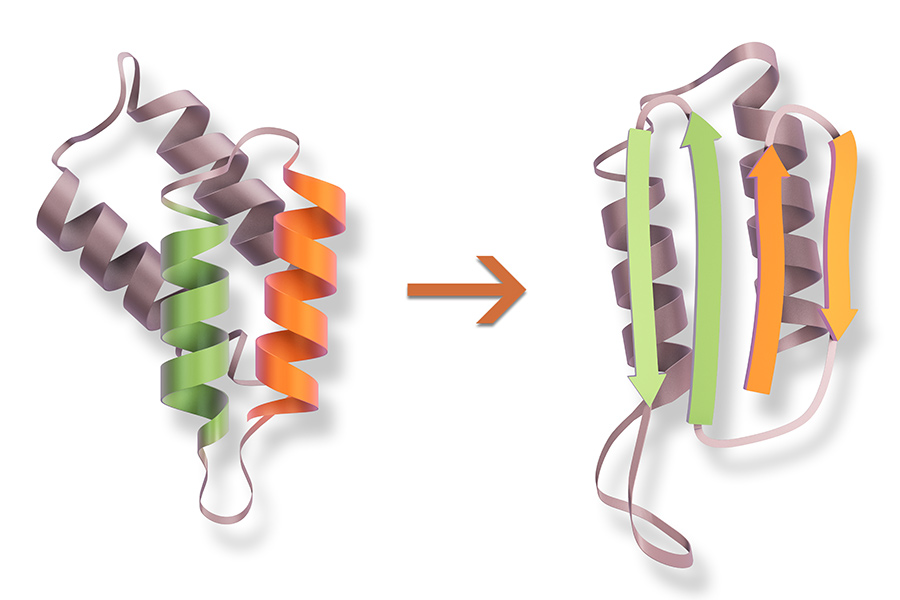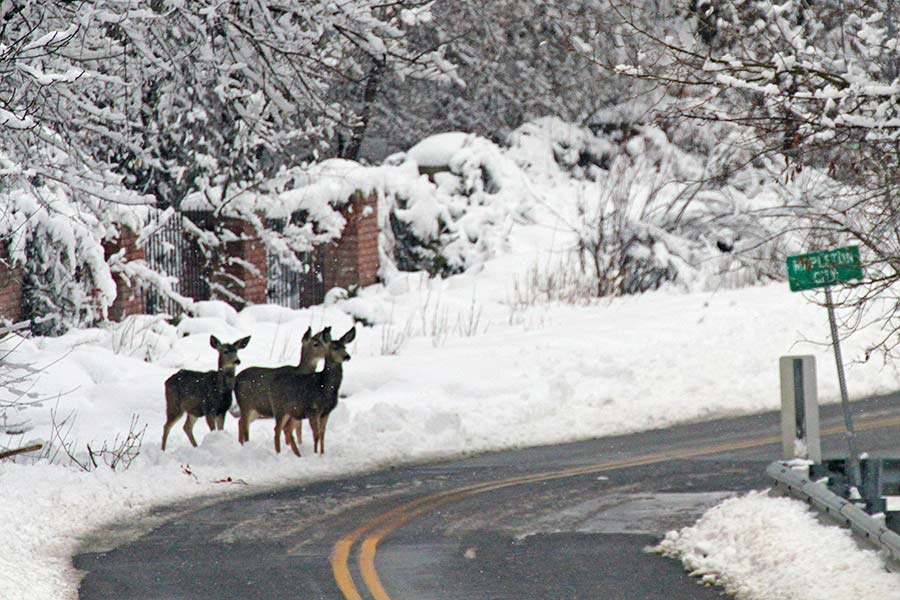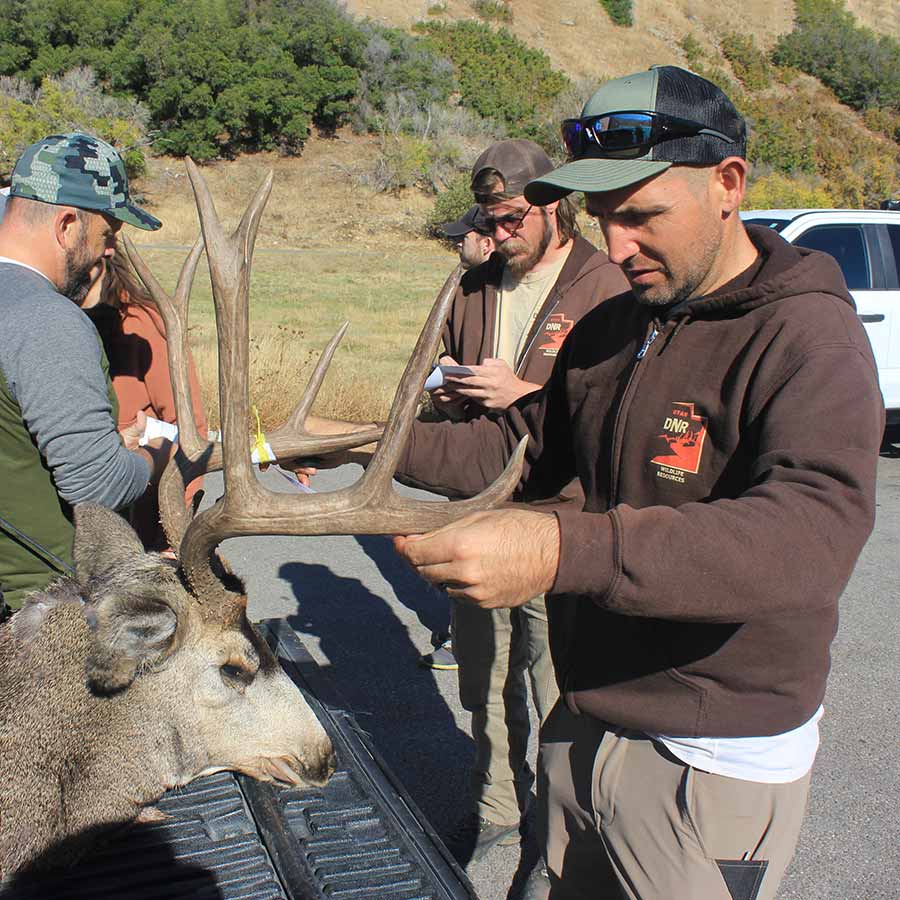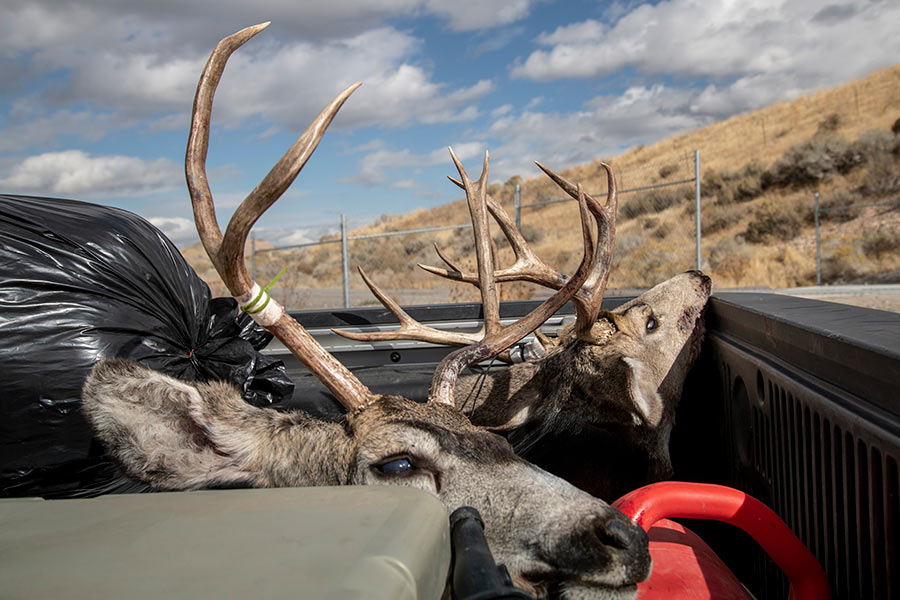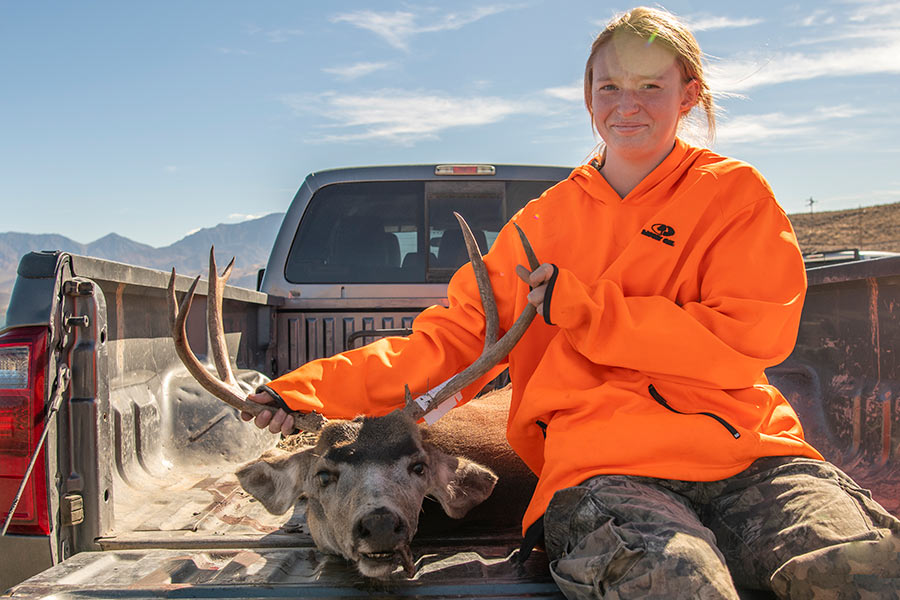Chronic wasting disease FAQs
Answering your questions about CWD in deer and elk, and how hunters can help stop the spread of CWD in Utah
Darby Doyle
Communications Team Coordinator
It's like a scene from a horror movie: brain lesions, droopy ears, excessive drooling and an always-fatal demise. These are the symptoms of chronic wasting disease, a relatively rare prion infection affecting big game animals like deer, elk and moose. It has been present in Utah for over 20 years, and is slowly spreading both in numbers and in the footprint of affected areas.
In states and countries where CWD has become established, its biggest impacts have been to deer populations that decline both because of deaths directly linked to the disease, and also because fewer fawns are born in affected areas each year. Many people are concerned about CWD impacts on Utah's wildlife, if and how it can be transmitted to humans, and want to know more about what the DWR is doing to control CWD.
The experts
State Wildlife Veterinarian Virginia (Ginger) Stout has been with the DWR for just over three years, and she's our in-house expert on wildlife health. She has a Bachelor of Science in Animal Sciences from Washington State University — along with study in New Zealand — completed her Doctor of Veterinary Medicine degree at Auburn University, and has a Master of Science in Conservation Medicine from Tufts University.
DWR Big Game Coordinator Dax Mangus has been with the Division since 2006, and in his current role for two years. He has a Bachelor of Science in Fisheries and Wildlife, and Master's degree in Wildlife Biology, both from Utah State University.
Together, they and their staff fielded some of the most frequently asked questions about CWD and what we're doing about it in Utah.
FAQs about CWD
Question: What is chronic wasting disease?
Answer: Chronic wasting disease is a fatal infectious disease of deer, elk, moose, and other big game animals like reindeer and caribou. It's caused by a protein that's normally made by the animal that becomes misfolded due to exposure to the infectious form of the misfolded protein. Those misfolded proteins are called prions. Prions are responsible for causing a few different diseases across species: mad cow disease in cattle, scrapie in sheep and Creutzfeldt-Jakob disease (also known as CJD) in humans.
CWD is not a virus, and not a bacteria. And it's not like cancer, which is made of living cells. It's a disease category of its own caused and spread through exposure to prions.
Q: How does CWD spread?
A: If an animal is infected with CWD prions (misfolded proteins), the prion can connect with a correctly folded protein and in turn convert that normally healthy protein into a diseased prion.

Chronic wasting disease prions accumulate in the nervous system of infected animals, and can shed into the environment through saliva, urine and feces.
Infected animals can shed prions and transmit them through their saliva, urine or feces. This can happen from direct animal-to-animal contact or just from encountering a contaminated area where a sick animal was present. Some studies have shown CWD prions lasting in the environment for 5-10 years. Animals that graze in that area can ingest prions and can get CWD exposure from the ground, plants, etc.
Q: What are the symptoms of CWD, and what does an animal with CWD look like?
A: When prions become established, they accumulate in the central nervous system (especially the spinal column and brain) and make holes in the brain tissue. That's what eventually makes the typical CWD symptoms appear: weight loss, lethargy, droopy ears and excess salivation. However, these symptoms don't develop until the final stages of the disease, so an animal may be infected but look completely healthy. An infected animal can potentially spread CWD around in the environment for many years before it dies.
Q: Is CWD treatable in animals?
A: CWD is always fatal. There are no treatments available to stop transmission from live animals or cure infected animals. The good news is that scientists are working on a vaccine which will hopefully be successful, but those studies are still in the early research stages.
Q: How did CWD get to Utah, and where are the most impacted areas in the state so far?
A: CWD was established in neighboring states — particularly Colorado and Wyoming — by the 1990s. In 2002, the first Utah case was identified when a deer tested positive for CWD near Vernal, and since then additional CWD hot spots have popped up along the Wasatch Front and near Moab. You can see a map of areas showing the established presence of CWD here. To date, 262 mule deer and six elk have tested positive for CWD (no moose yet) in Utah.
While it seems to be moving slowly in the state so far, our goal is to keep transmission as low as possible. Our biggest concern is that when other states have seen the disease pass a prevalence rate greater than 5%, there's usually an exponential spread of CWD and it can skyrocket within and between herds.
Our short-term goal is to actively monitor for CWD so we can determine where it's present and how fast it's spreading. We want to do all that we can to make sure it doesn't spread to noninfected areas. It's important to have a long-term view to make any progress with CWD, so that fifty years from now our deer herds aren't threatened.
Q: How does feeding or encouraging deer and elk to gather in urban and residential areas spread CWD and other wildlife diseases?
A: It's important to know that any miniscule amount of prion an animal ingests matters. So when we artificially congregate animals — through feeding them or encouraging them to gather in areas that they'd usually migrate away from with the change of seasons — the likelihood of creating a CWD hotspot is very high. This has especially become a problem in urban-interface areas like the Wasatch Front, Moab and Park City. Although it might seem like feeding deer is a way to help them, it can actually cause higher CWD transmission and other health issues.
Q: How do hunters help us monitor CWD and figure out how to stop it?
A: As of 2020, all hunting units are sampled on a 5-year rotation, including CWD-positive units. The objective of this type of targeted surveillance is to sample an adequate number of deer that will allow the detection of even a small occurrence of CWD with a high degree of confidence.
Also, research has shown that buck deer over four years of age are more likely to be infected with CWD. We're providing increased opportunities for hunters to harvest more mature mule deer bucks in identified CWD-prone areas. By applying for permits in these areas, hunters can help adjust the buck-to-doe ratio in favor of more healthy (younger) deer herds.
Q: How does the DWR conduct CWD sampling and how do I get my harvested deer tested for it?
A: Hunters play a crucial role in monitoring and testing for the presence of CWD, and keeping it from spreading. Currently, the only validated way to test for CWD is through collecting lymph node and brainstem samples from dead animals and sending them to a lab for testing.
There are several ways that hunters help us monitor and control CWD in the state:
- If your hunt unit is one of the CWD sampling units, please stop at a DWR check station to have your harvested deer tested for CWD, or bring your animal to a DWR office (appointment required).
- If you harvested an animal in a nontarget sampling unit — but still wish to have their deer or elk tested (for a $35 fee) for chronic wasting disease — see instructions for how and where to submit samples here.
- Hunters can check for their CWD test results after 6-8 weeks: check your results.
- Immediately report all deer that appear sick or emaciated to a DWR office, biologist or officer. The DWR will attempt to locate the animal and remove a tissue sample from the head for testing.
Q: How should hunters field dress and process their harvested animal to help stop the spread of CWD?
A: Keeping CWD prions isolated to already affected areas — and keeping it out of places where they're not yet present — is crucial to slowing the spread of CWD. That's why there are rules about transporting harvested deer and elk from other states: It's illegal to bring in whole carcasses from other states or countries into Utah (see regulations and details about what's allowed here).
Additionally, hunters can take precautions to limit the spread of CWD, no matter where they're hunting:
- Do as much processing in the field as possible, leaving the spinal column and brain tissue close to where the animal was harvested.
- After processing your animal, dispose of the remaining carcass by double-bagging and sending it to the landfill (don't dump it in an open area or field).
Q: Is it safe to consume meat from a CWD-positive animal?
A: At this time, there has been no confirmed case of CWD in humans. Some studies have shown there may be a risk, therefore the CDC recommends that CWD-positive animals should not be eaten.
Q: When a deer tests positive, should hunters dispose of all the harvested meat? What is your advice to hunters when that happens?
A: We will contact the hunter if the animal comes back positive, and hunters can also check for their test results. We will then have a regional biologist go retrieve the meat and have it incinerated. We do not recommend that the hunter eat the infected meat, but it is their decision whether or not they surrender the meat. We can also refund the meat processing fee (from a facility) if there is one. However, we cannot refund the cost of permits or licensing fees if their animal tests positive for CWD.
Q: Why does the DWR have CWD deer check stations only during the rifle season, not during archery or muzzleloader seasons?
A: We hold our checkstations during the deer rifle hunt because the majority of the harvest occurs during the any-legal-weapon (rifle) hunt. Of all deer permits issued in the state, 60% are allocated to rifle season and it typically has higher success rates (versus archery or muzzleloader). Additionally, deer have a much higher prevalence of CWD than elk or moose, so we are concentrating our efforts on monitoring mule deer in Utah.
If an archery or muzzleloader hunter has a permit in a CWD sample unit and is interested in getting their animal tested, they can contact a DWR office and set up an appointment regardless of the season they harvest it in.
Q: What’s on the horizon for CWD research?
A: Biologists are working together in many ways to combat CWD by:
- Building tracking models to look at the spread of CWD year-to-year, which will hopefully help us better understand how, where, and how fast CWD is spreading throughout the country.
- Developing live-animal testing techniques, currently we can only get a sample when the animal has died.
- Studying new methods to test live deer during capturing and collaring studies, in addition to bigger and more complete statewide sampling during hunting season.
- Identifying new and complex strains of CWD; some strains can be dominant over each other due to the structure of the protein.
Learn more
- WILD podcast episode 34: Investigating wildlife diseases
- WILD podcast episode 60: Chronic wasting disease
- Centers for Disease Control: About chronic wasting disease
- Centers for Disease Control: About prion diseases
- Nature.com article: How prions kill brain cells
- Mississippi State University Deer Lab: Series of videos about CWD
